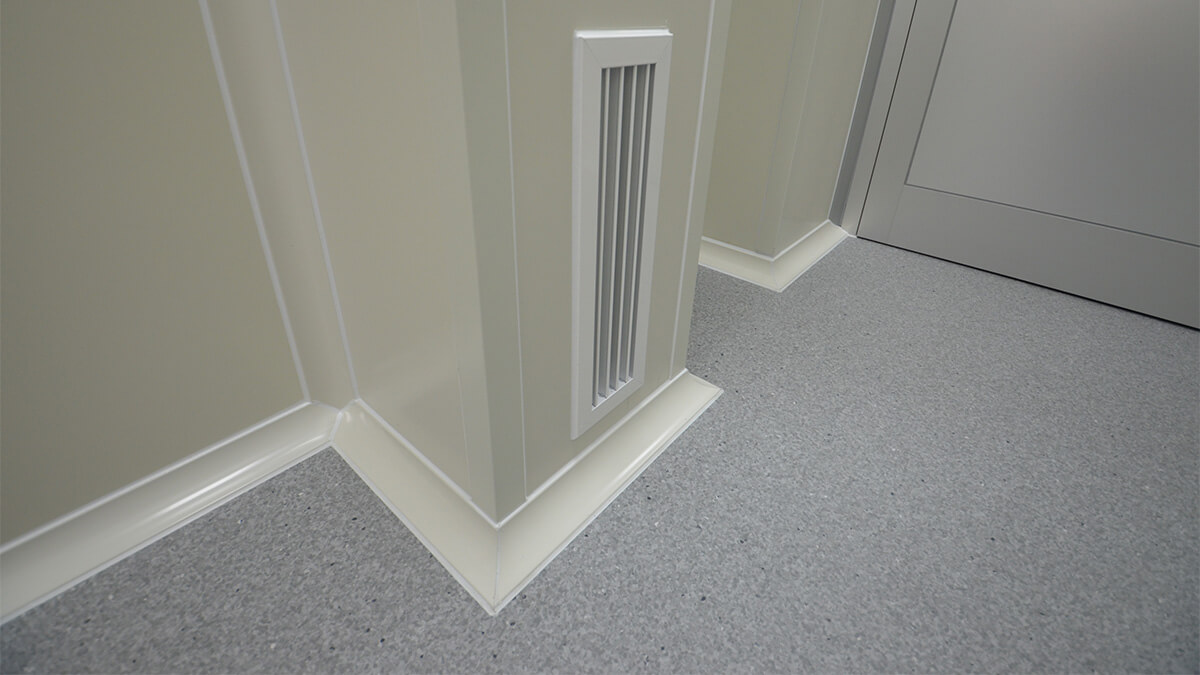Ever felt lost in the world of clean room standards and compliance? No wonder. Standards can be confusing and when a change takes place you might not be sure what you must change in order to comply. This is why we have recognized the need for a detailed overview of the ISO14644-1 standard. We have created a comprehensive guide that includes everything you need to guide you to the right place where you’ll certainly find what you need.
Click here to download our free pdf
What exactly do I get for free?
We need to stress the importance that all ISO standards are the intellectual property of the ISO organization, therefore, spreading these across the internet free of charge would be illegal. Not to mention that the detailed specifications of these standards usually cost several thousand euros/dollars and giving them away for free would cause a competitive disadvantage for the companies who buy it. This is why you’re unlikely to find the package on the internet.
However, we have created an informative guide that will lead you to the exact place on the official ISO website where you can purchase what you need. Our goal was to provide information on the various parts of the standard so that you will know which parts you need and which parts to purchase.
What is ISO 14644?
ISO – the international Organization for Standardization - establishes standards for applications in various industries in collaboration with several international both governmental and non-governmental organizations. Their standards indicate a certain level of cleanliness that are commonly used as an indicator of quality in the industry. ISO14644-1 involves every aspect of a clean environment from classification of air cleanliness through testing methods to design, construction and operation. The classification is based on the number of allowed particles in the air per cubic meter. For a comparison, the air of an urban area has 35 million particles per cubic meter that are larger than 0.5 μm, whereas an ISO 1 clean room allows only 12 particles no larger than 0.3 μm. ISO uses a specific formula to determine the maximum concentration of particles in each class per particle size.
In our guide, we have detailed the full set of ISO14644 parts and what they specify. We have also created an overview on the differences between the 2015 (the latest version) and 1999 standard. Use and spread our guide in order to assure continuous compliance and be up to date with the industry.
Note that GMP and ISO are not the same. EU GMP guidelines are usually stricter, but they have adopted some parts of the ISO standard. GMP guidelines differentiate the allowed number of particles in the air at rest and in operation, whereas for ISO there is only one given number.






